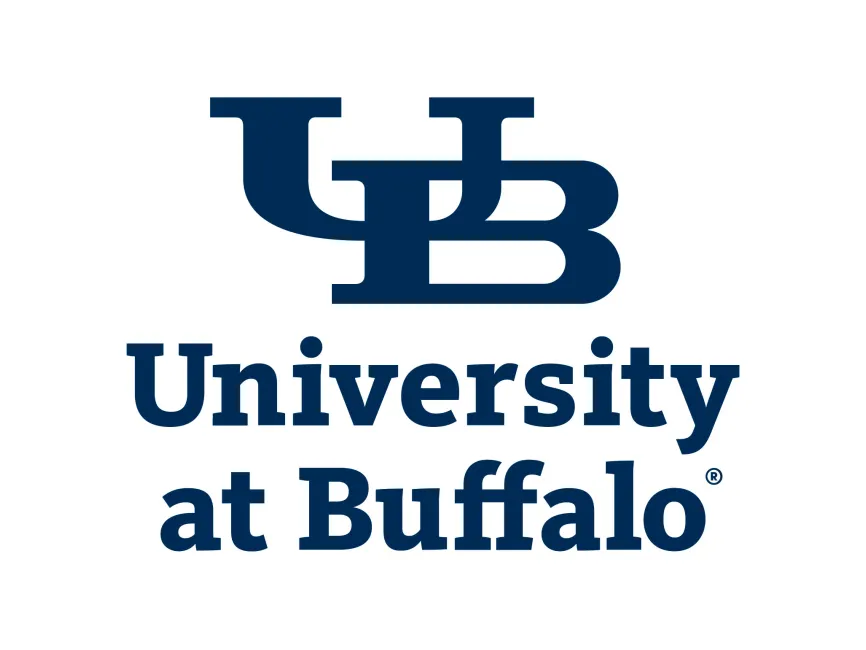

The University at Buffalo (UB), part of the State University of New York (SUNY) system, is a prominent public research university with a moderately selective admissions process. For the most recent admission cycle (Class of 2028), UB reported an overall acceptance rate of approximately 67.7%, based on data from the university’s official admissions statistics and historical trends published in the Common Data Set. This rate reflects a growing applicant pool, driven by UB’s reputation for strong programs in engineering, business, and health sciences, as well as its affordability for in-state students. The university maintains transparency by regularly updating admission data on its official admissions website, providing prospective students with clear insights into selectivity.
Over the past few years, UB’s acceptance rate has remained relatively stable, hovering between 60% and 70%, indicating consistent competitiveness for a public university of its caliber. The university’s rolling admissions process and lack of a binding early decision option mean that timing has a limited impact on selectivity compared to institutions with strict early decision policies. International student admissions have seen slight fluctuations due to visa policies and global demand for U.S. education. Compared to peer institutions like Stony Brook University or the University of Rochester, UB’s selectivity is less stringent, positioning it as an accessible yet respected option within the SUNY system and beyond. As application numbers continue to rise, prospective students are encouraged to focus on strong academic profiles and extracurriculars to stand out.